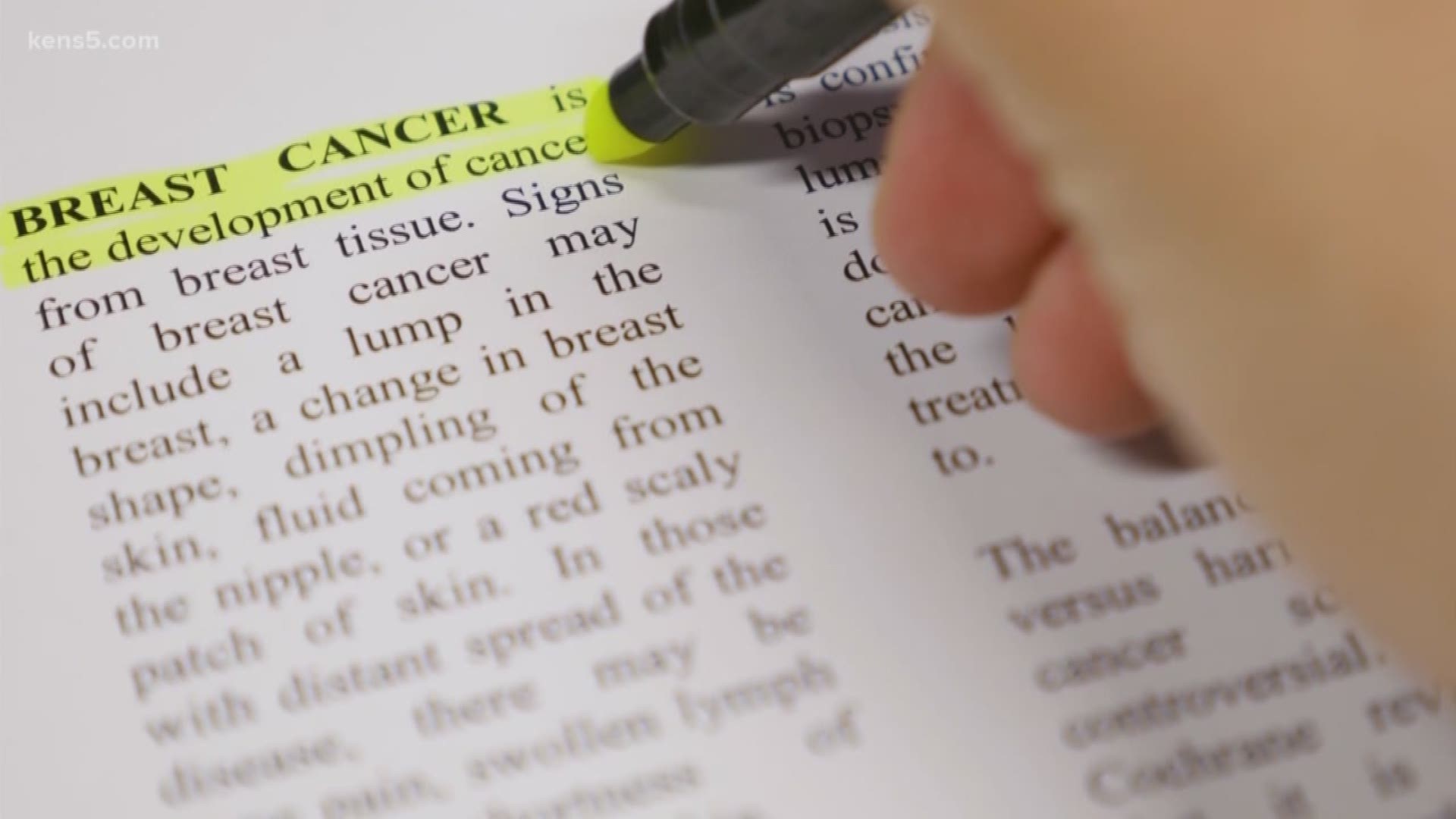SAN ANTONIO — Advancements in medical technology play a huge role in saving lives. That includes the detection of breast cancer thanks to 3-D mammography.
"2-D is a simple image of your breast, just as a picture," said Dr. Pamela Otto, the chair of radiology at UT Health San Antonio, and a radiologist in the University Health System radiology laboratory.
She says adding one more dimension makes a world of difference.
"3-D it's like a CT scan," she said. "It kind of slices through the breast, so it takes very thin slices, so I can look at your breast without the overlying tissues."
A 3-D mammogram has several benefits. First, it reduces the need for follow-up imaging, also known as the recall rate.
"The recall rate is when you have a screening mammogram and we call you back and say we need to do more," Otto said. "Right now, our recall rate runs about 12%. We expect it to come down to about 8 or 9% with this new technology."
Secondly, 3-D mammograms can detect slightly more cancers than a standard mammogram alone.
"We know what increases detection rate by about 2.7 cancers per 1000 women screened. 2-D mammography in our institution picks up six cancers for 1,000 women, so that increases to eight cancers per 1,000 women."
Also, 3-D imaging improves breast cancer detection in dense breast tissue.
"Any woman that has a very dense breast breast cancer is like trying to see the stars on a cloudy night; you can't see them because of all the overlying tissue," Otto said. "By being able to cut out some of those overlying tissues, the cancer shows up better."
It can also detect smaller cancers.
"We do know that 3-D mammography pics up cancers when they are smaller, therefore we think mortality rates should decrease if you pick it up smaller."
For more information about family health, call (210)358-3045. You can also find the rest of Wear The Gown stories, just go to WearTheGown.com.

